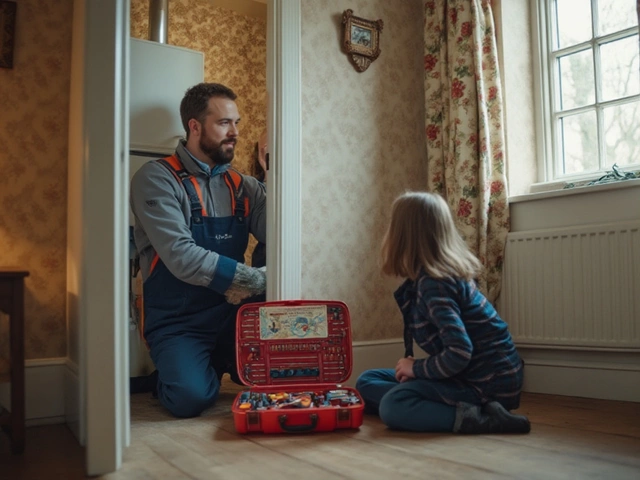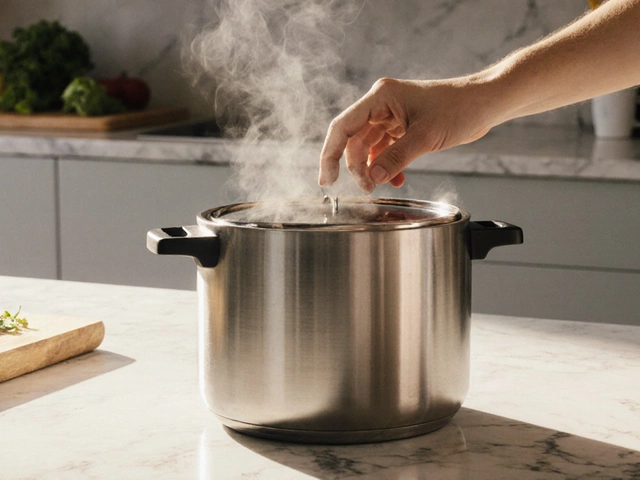Faulty Oven Element? Here’s How to Spot & Fix It
Ever opened the oven door and felt nothing but a cold blast? That’s a classic sign of a faulty oven element. The element is the part that gets hot and cooks your food, so when it fails you end up with raw meals and a lot of frustration. Below you’ll find simple steps to confirm the problem, cheap fixes you can try, and when it’s smarter to call a professional.
Common Signs Your Oven Element Has Gone Bad
First, notice if the oven takes forever to heat up or never reaches the temperature you set. A blinking error code on the display often points to the element as well. If you hear a faint buzzing sound but no heat, the element might be receiving power but can’t convert it to heat.
Another giveaway is uneven cooking. If the top of a cake is burnt while the bottom stays raw, the element may be partially working or damaged in spots. Finally, visible damage like discoloration, cracks, or a burnt smell coming from the back of the oven is a red flag.
Repair Options: DIY or Call a Pro
Before you grab a wrench, make sure the oven is unplugged or the circuit breaker is off – safety first. Remove the back panel of the oven; most modern units have the element secured with a few screws. Take a quick look for any broken or broken‑looking wires.
If the element looks intact, you can test it with a multimeter. Set the meter to resistance (ohms) and touch the probes to the element’s terminals. A healthy element usually shows a reading between 10 and 40 ohms. Anything outside that range means it’s likely dead and needs replacing.
Replacing the element is straightforward: disconnect the old one, slide the new element into place, secure it with the screws, and reconnect the wires. Put the panel back on and turn the power back on. Most homeowners finish this in under an hour and save the cost of a service call.
However, if you’re not comfortable working with electricity, or the oven still won’t heat after you replace the element, it’s time to call in the experts. Rugby Appliance Repair Services has technicians who can diagnose deeper issues, like faulty thermostats or control boards, and they offer same‑day service for most jobs.
Choosing a pro also protects your warranty. Many oven manufacturers require a certified repair if the appliance is still under warranty, and a reputable service will handle the paperwork for you.
Bottom line: a faulty oven element is a common hassle, but you can often fix it yourself with a little safety prep and the right tools. When in doubt, or when the fix feels bigger than a simple swap, give Rugby Appliance Repair a call. Their quick response and local knowledge keep your kitchen running without long delays.
Remember, an oven that heats properly saves you money on take‑out and keeps your meals tasty. Keep an eye on the signs, test the element, and decide whether a DIY swap or a professional visit makes the most sense for you.






